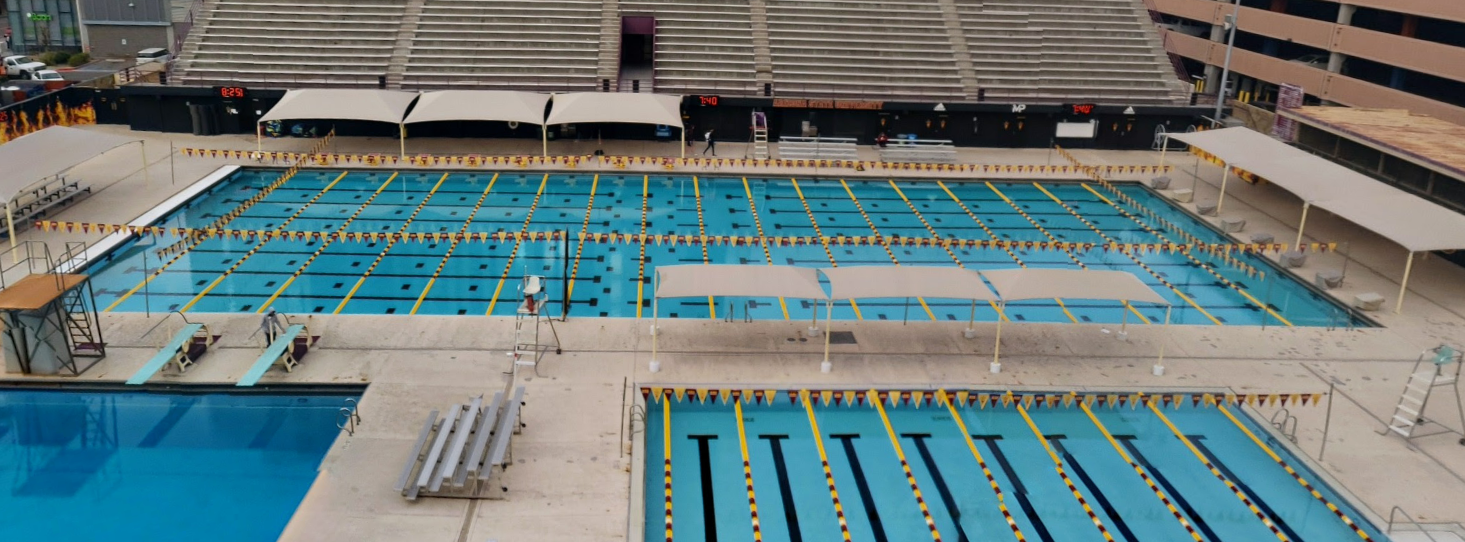By Shelby Tuttle
In an initiative that aims to significantly reduce water consumption and address the Phoenix region’s issue of water scarcity, Microsoft is implementing a new Zero Water Initiative in the company’s new datacenters in the Valley. The Microsoft datacenter in Goodyear will pilot this design by 2026, eliminating the need for over 160 million liters of water (approx. 42 million gallons) per year per facility, making it one of the first locations to pilot this technology that sets a global precedent.

As part of Microsoft’s Datacenter Community Pledge, all new Microsoft datacenters designed globally began adopting this next-generation cooling technology in August 2024 as part of its strategy to make zero water evaporation the primary cooling method across its owned portfolio. According to a blog written by Steve Solomon, Microsoft VP of datacenter infrastructure engineering, protecting watersheds is an important part of this pledge, especially in areas where water stress is growing. The initiative is positioned to benefit the company’s operations in El Mirage and Goodyear, as well as the Valley’s communities at large.

The new datacenter design optimizes AI workloads and consumes zero water for cooling, using chip-level cooling solutions to deliver precise temperature control without water evaporation. According to the blog, “While water is still used for administrative purposes like restrooms and kitchens, this design will avoid the need for more than 125 million liters of water per year per datacenter.”
Replacement of outdated evaporative systems with mechanical cooling will increase Microsoft’s power usage effectiveness. Once the system is filled during construction, it will continually circulate water between the servers and chillers through a closed loop system to dissipate heat without requiring a fresh water supply.
Per an email sent to Green Living, the amount of water saved by the use of this new technology at Microsoft’s Goodyear plant would be equivalent to filling ASU’s Olympic-sized competition pool at the Mona Plummer Aquatic Center approximately 63 times per year, or just slightly over once per week.







